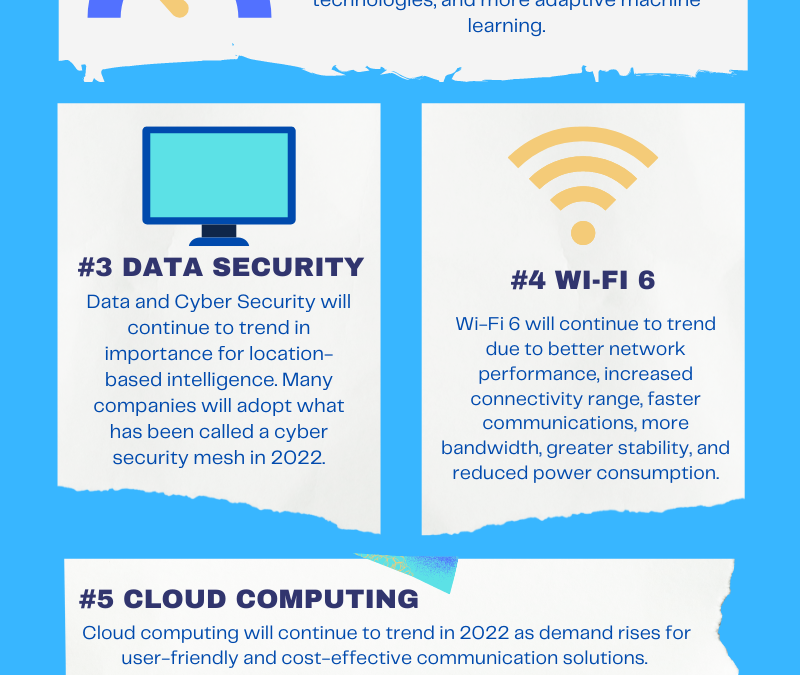Just recently, we wrote about the benefits of using Unmanned Aerial Vehicles (UAVs) and other unpiloted drones in GIS research. Essentially, these specialized aircraft can go into areas and the most desolate reaches of Earth (where no human can go) in order to take ultra-high resolutions off the ground and terrain below them.
 But, UAVs can also be flown in the metropolitan areas as well, for the exact same purposes. Many times, these drones can also quite easily come right into the path of commercial air traffic, causing the potential for an unintended collision to occur. So, what can the remote operator do if their UAV comes into this situation, or simply flies “beyond the line of sight”?
But, UAVs can also be flown in the metropolitan areas as well, for the exact same purposes. Many times, these drones can also quite easily come right into the path of commercial air traffic, causing the potential for an unintended collision to occur. So, what can the remote operator do if their UAV comes into this situation, or simply flies “beyond the line of sight”?
A GIS Vendor known as PrecisionHawk, in conjunction with the FAA, just recently launched a project entitled the “FAA Pathfinder Program” to determine what could happen, and how the above-mentioned scenario can be avoided. The results of this effort were just announced last week, and rather than simply describing it in qualitative terms, a quantitative aspect was taken.
According to Dr. Allison Ferguson, a Director at PrecisionHawk: “While we believed that technology would be useful for flying BVLOS, we needed a quantitative answer as to whether it would simply make the user’s life easier or it actually impacted the safety of the operation . . . The FAA needs a clear understanding of the risks associated with advanced drone operations, and this testing sets a visual baseline to measure the level of safety as we add enabling technologies.” (SOURCE: https://www.directionsmag.com/pressrelease/5123).
Some of the results of the study include the following:
- Commercial airline pilots have the ability (through their training) to detect far away, unmanned traffic;
- The reaction times of both the pilot and the remote operator of the UAV are just about the same time if they see a collision is imminent;
- There will always be some sort of variation in these reaction times; thus, use of Situational Awareness Technology (SAT) is needed. In other words, “It’s about letting technology do what it is designed to do, freeing up humans to do what humans are good at, like flexible decision-making.” (SOURCE: https://www.directionsmag.com/pressrelease/5123).
GeoTel Communications, LLC, is the leading provider of telecommunications infrastructure data in a geographic information system (GIS) and internet based spatial technologies for over 15 years. GeoTel takes telecom infrastructure data and makes it tangible. By layering this data in GIS software or by viewing it in one of our web based platforms, we make it possible to analyze detailed fiber optic maps and other telecom data sets throughout America. These integrated data sets are digitized onto the highest quality street data and aerial imagery available, providing companies and government entities with the leverage and insight necessary to make informed location based and fiscally sound decisions.

